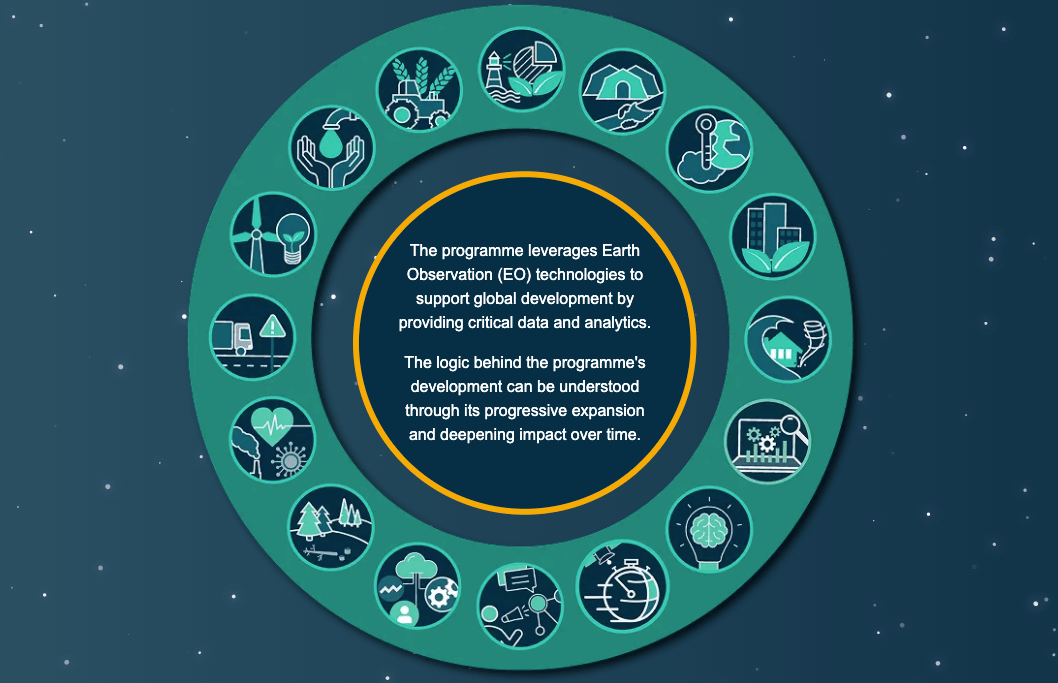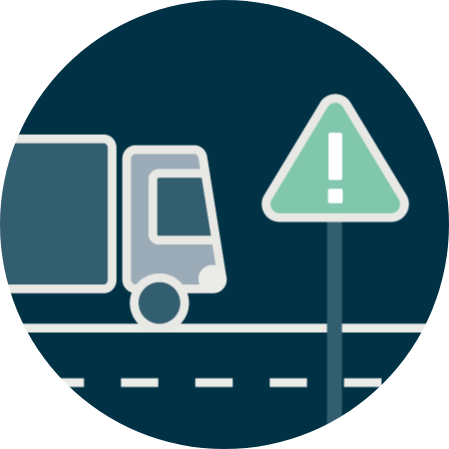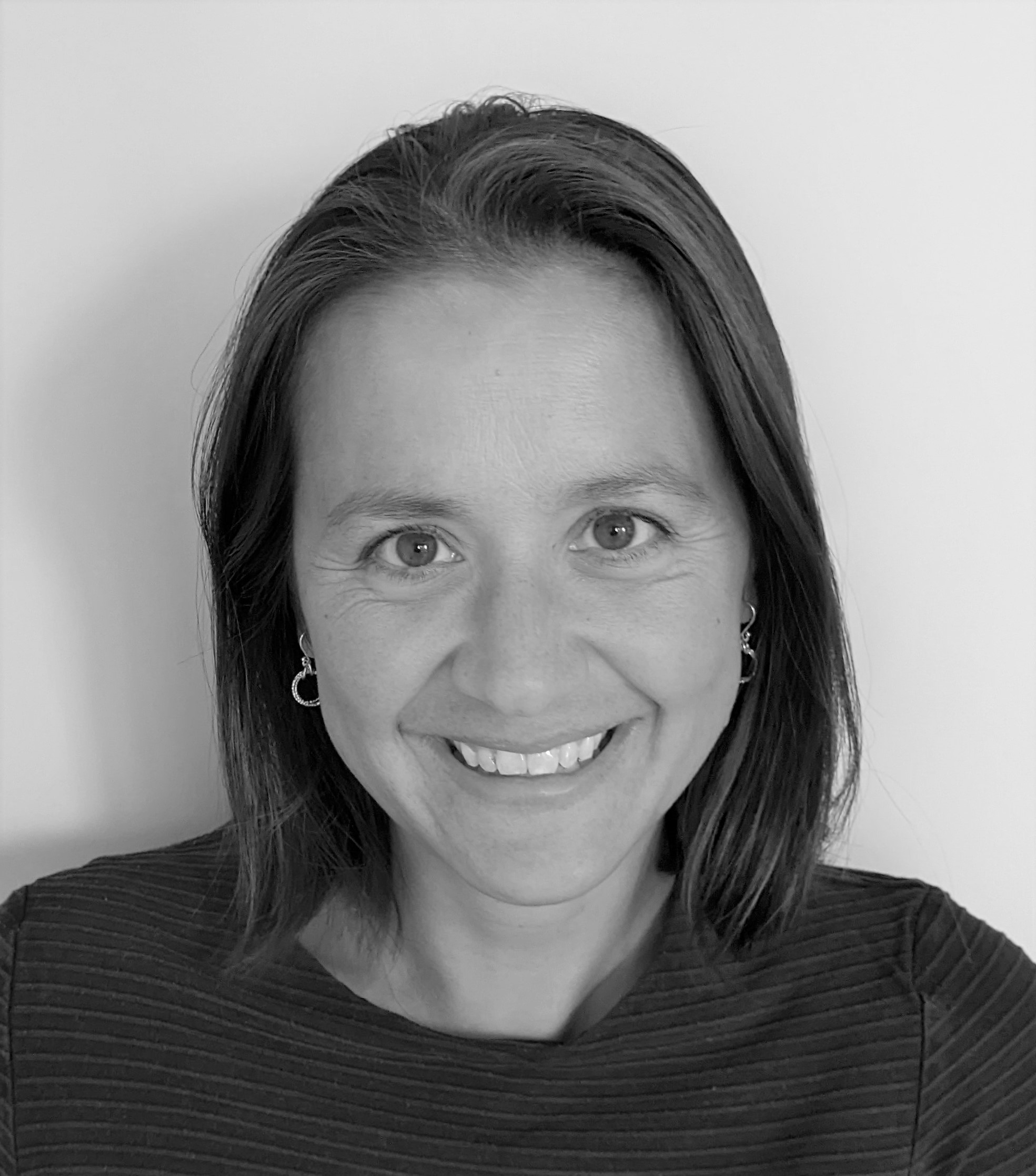Like its predecessor, the EO for Sustainable Development (EO4SD) initiative, the ESA Global Development Assistance (GDA) programme was launched to support International Financial Institutions (IFIs) and their Client State (CS) government counterparts to tackle some of the world’s toughest development challenges. Through consultation with its IFI partners, ESA has identified and launched activities in several thematic areas that have become the focus of agile product development cycles and are designed to contribute to the mainstreaming of Earth Observation (EO) in development operations. In the latest iteration of the GDA programme, Transport and Infrastructure has been newly added to the list of global challenges to be addressed.This sector is particularly significant for IFIs- the World Bank (WB) alone commits over $30 billion to transport projects – over 10% of its lending portfolio.
While concepts such as user-centric design and agile development have always been very familiar to software developers, they are concepts that had not historically been aligned with the sometimes rigid programme planning and budgeting cycles of the international development sector. However, in 2014, a small group of donor agencies and implementer organisations established a set of digital development principles to encourage user-centric approaches and evidence-led iteration. One decade on, more than 300 organisations have endorsed these principles, and they have been refreshed and updated this year.
ESA has taken an intentional approach to incorporating these design principles within GDA, with the inclusion of an extended user requirements gathering phase and iterative development cycles which incorporate user feedback gathering. At the outset of each GDA Agile Information Developments (GDA AID) activity, the selected consortium runs a three month consultation process¹. During this period, they speak with IFI teams to understand their information needs in more detail and to gather requirements that inform the development of EO products that are appropriate and relevant to their contexts.
¹ This was introduced as a dedicated 3 month consultation process for the fifth and subsequent GDA AIDs with the aim of providing more time for teams to engage in comprehensive conversations with IFI representatives
Meetings between the GDA T&I and the IFIs explore collaboration opportunities using Earth Observation data

The GDA Transport and Infrastructure activity (GDA T&I), which launched in January 2024, is now nearing the end of this user requirements gathering phase and has settled on eight use cases and seventeen countries for the roll-out of its EO Information Developments (EOIDs). The consortia received over 35 expressions of interest from across the World Bank’s Transport Global practice and held over 50 meetings across three rounds of conversations to arrive at the final selection. More information can be found in the consortium’s brochure here.
The user requirements gathering process for GDA T&I aimed to understand the needs of IFI representatives and of end user government officials, transport authorities or municipality governments that are the IFI representatives’ counterparts in-country. Typical user needs included generating, analysing and interpreting data to make decisions such as expanding on existing transport networks to cope with rising demand, investing in measures to improve road safety, understanding the environmental impact of new and existing infrastructure or climate-proofing priority roads and other transport routes.
These meetings between consortium representatives and their intended user audiences are ‘fact-finding’ missions, designed to explore potential opportunities for collaboration.
Each engagement tends to involve a series of meetings, each one building on previous conversations to dig deeper into the specifics of the IFI project and to provide more detailed explanations of how EO data could be deployed.
The overall objectives of these meetings can be described as follows:
- To understand the user needs to inform the technological specifics and outputs that will be required.
- To gauge feasibility of developing EOIDs within a specific time and budget window, and with the support and engagement of in-country counterparts.
- To select use cases that are well suited to the skillsets and capabilities found within the consortium.
- To select opportunities with the best prospects of contributing to the overall intended impact of GDA i.e. mainstreaming EO across development finance operations.
- To ensure co-development and co-ownership of the end products and services by the teams at the IFIs.
In many of the meetings between the GDA T&I consortium and the IFI representatives, a common theme was the focus on designing and implementing data-driven interventions that incorporate a solid understanding of the current – and likely future – human and physical geography of the country. We discussed the use of EO data to provide greater information on several topics. These included population dynamics (such as population density and mobility habits), existing transport infrastructure (coverage, quality and how much it is used) and exposure to climate related hazards such as flooding and landslides. In some cases, the areas of interest (AOI) were vast, remote, and/or in fragile zones. Here, satellite imagery and digital tools prove their immense potential and added value for gathering data.
Meetings guide EO data product development by aligning technology with real-world user needs and expectations
By engaging directly with IFI teams and their CS counterparts, the aim is that the solutions being developed are not only technically robust but also highly relevant to the needs on the ground. In accordance with the overall GDA programme goal of mainstreaming EO, the consortium aims to achieve a balance between the customisation of products to specific needs and the transferability of the approaches and outputs into other contexts, securing scalability and greater uptake on the IFI side. As our consortium reaches the end of these user engagement meetings, there are a few reflections to share on the process in general and the utility of these discussions for the remainder of the GDA product development activities:
- These meetings offered an invaluable insight into the real, day-to-day challenges faced by the IFI teams and their CS counterparts and the actions that they are hoping GDA products can influence.
- Giving space to project teams to describe their work in their words during the early meetings can provide useful context for when the technology development cycles commence.
- Meetings enable peer-to-peer education and awareness raising about the relevance and usefulness of EO data for different potential use cases.
- Technical experts can ask questions to sense-check the appropriateness of EO in these situations, including highlighting any limitations of temporal or spatial resolution and any potential areas where commercial imagery might be required.
- User engagement sets up the partnership for success by aligning and setting expectations of each party and agreeing timeframes for moving forwards.
- This includes being upfront about any supporting data that might be required as well as any input that might be envisaged from Client State stakeholders at different points throughout the process.
As we move forward, the lessons learned from these early engagements will be crucial in shaping the next phases of product development and deployment. By continuing to listen to and learn from end users, including through ongoing user feedback and testing, the consortium will stand the best chance of developing products that are valued and appreciated by users and replicated into similar transport and infrastructure investments.

















